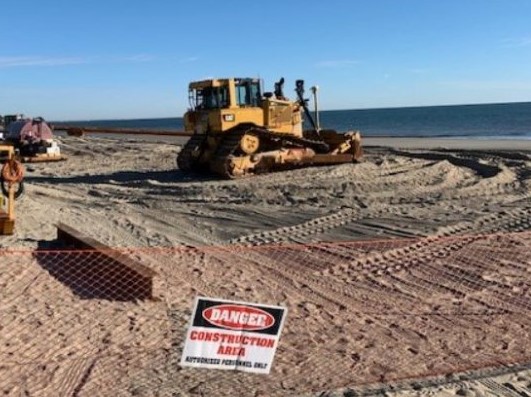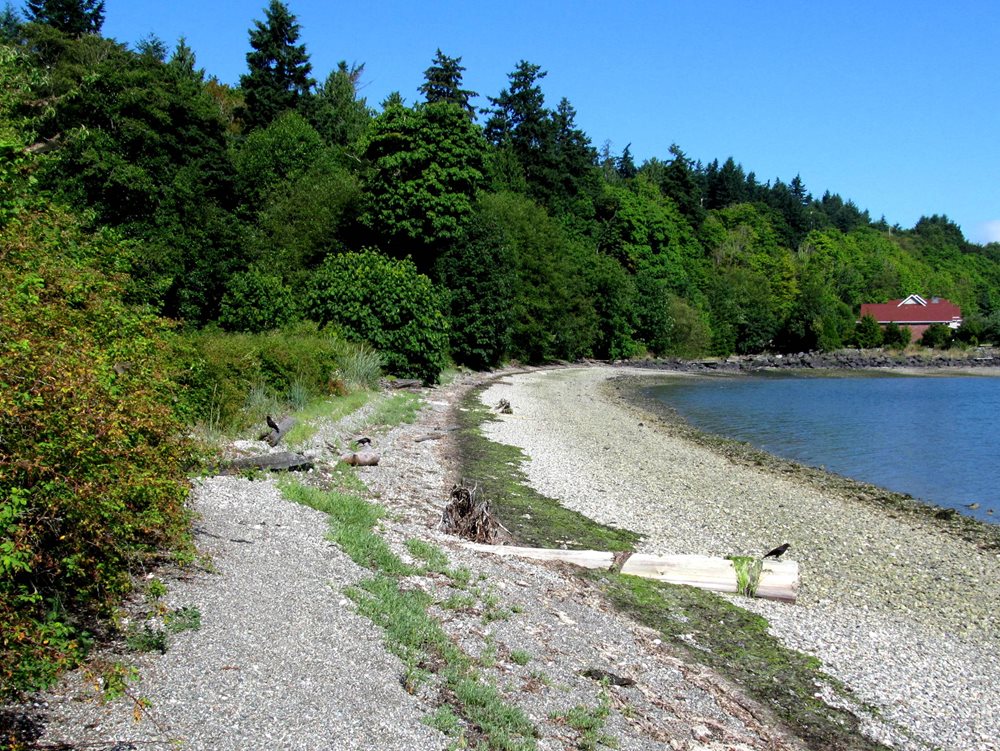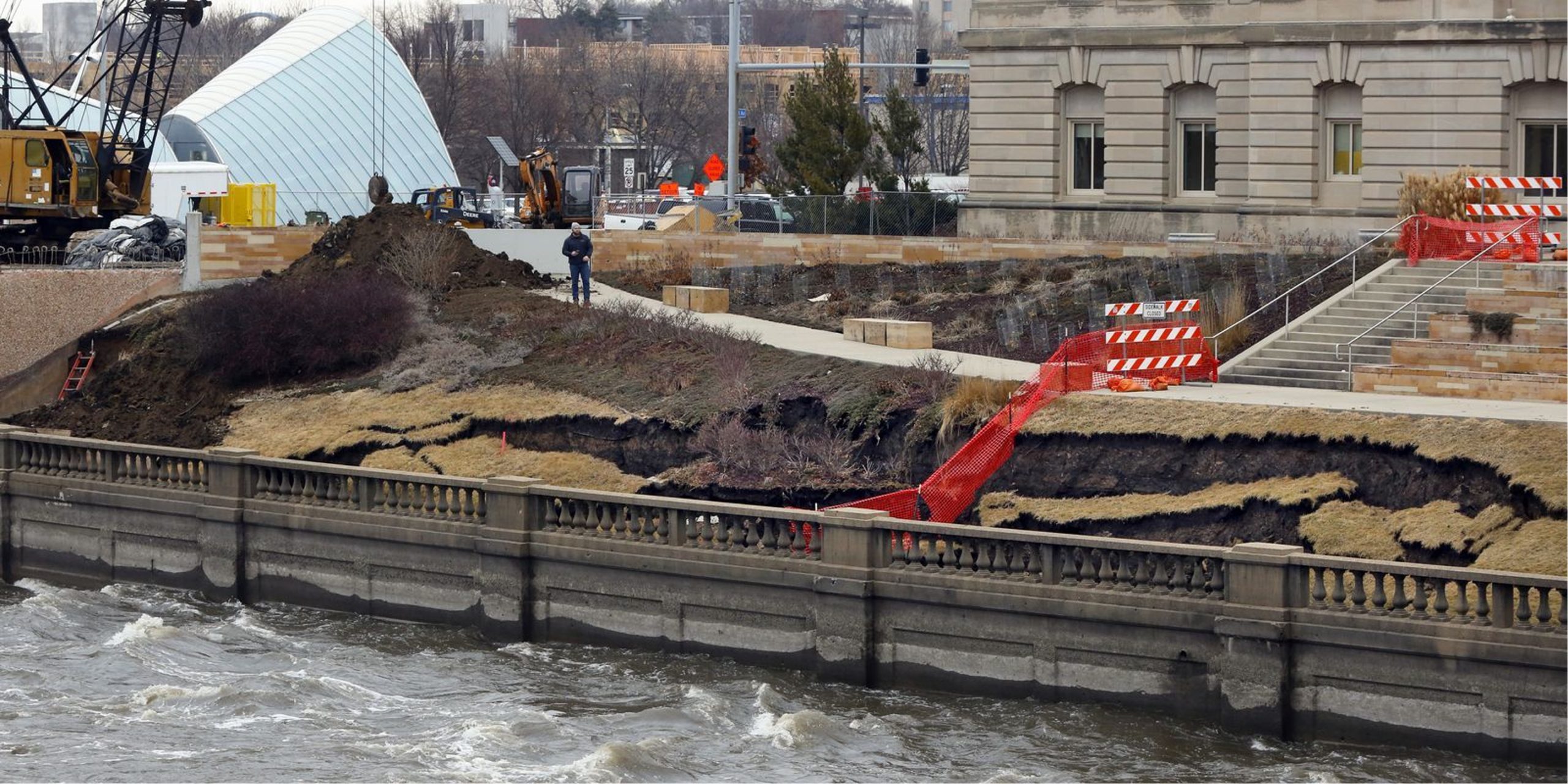The 20-Second Trick For Shore Protect Team
Wiki Article
Getting My Shore Protect Team To Work
Table of ContentsShore Protect Team Fundamentals ExplainedShore Protect Team Things To Know Before You Get ThisThe Shore Protect Team PDFsShore Protect Team Fundamentals ExplainedRumored Buzz on Shore Protect TeamThe Best Guide To Shore Protect TeamGetting My Shore Protect Team To Work
Decline in residential or commercial property value: As the area tourist is impacted by erosion, so then is the economic climate. Purchasers are less likely to look for a beach residence that might be ruined anytime by the impending flooding and disintegration emergency. In turn, home value can go down exceptionally and affect the entire area.Whether a beach is simply little and congested or has to close entirely for the security of the community and nearby residential or commercial properties, this greatly impacts tourism. Subsequently, local economies are influenced (https://yamap.com/users/4884831). Risk of injury: The enhanced danger of flooding and structural failings causes a raised risk of injury to close-by travelers and neighborhood members

Coastline stabilization is directly relevant to their work. Waterfront hotels: Since coastline erosion impacts tourist, it impacts the success of beachfront hotels.
Things about Shore Protect Team
Coastal commercial organizations: No visitors implies no service. Coastal state parks: State parks that exist along coastlines are at risk of damages.Soft stabilization is a better option for the atmosphere and more lasting overall. Hard stabilization makes use of man-made frameworks as protection to manage erosion. Usually, these structures are set up at appropriate angles or parallel to stop sand motion and lessen the pressure of waves. Most forms of difficult stabilization like seawalls and sheet steel are not perfect for shoreline stabilization.
Shore Protect Team - The Facts
There's likewise insufficient proof of their performance relying on the kind of shoreline and regional problems. Tough stabilization techniques tend to be more challenging to set up and don't match the all-natural aesthetic, standing out like an aching thumb and damaging neighborhood ecological communities in lots of scenarios. Coastline sustenance is the process of including shed sand and sediment back to coastlines after disintegration has actually occurred.TrapBags help in the process of coastline nourishment by securing all-natural communities and enabling plants to expand. While this procedure can be pricey and is not irreversible, the pros often tend to surpass the disadvantages. TrapBag obstacles offer many residential or commercial properties that make them excellent for seaside and riverbank disintegration defense. They're: Environmentally friendly: You can use indigenous dirt both to border and to load the TrapBags.

The Single Strategy To Use For Shore Protect Team
They can likewise be set up without any type of heavy machinery. Budget friendly: TrapBags are excellent for both little and large locations of coastline.Incorporated with a high construction cost, this has actually resulted in raising use of various other soft design coastal administration alternatives such as beach replenishment. Seawalls are built from different products, many frequently strengthened concrete, rocks, steel, or gabions. Various other feasible construction products consist of vinyl, timber, light weight aluminum, fiberglass composite, and biodegradable sandbags made from hemp and coir. The appropriate seawall layout relies upon location-specific elements, including surrounding disintegration procedures. There are 3 major types of seawalls: vertical, curved, stepped, and piles (see table below). A record released by the United Nations Setting Program (UNEP) suggests that the tidal wave of 26 December 2004 created less damage in the locations where all-natural barriers were present, such as mangroves, reef or coastal greenery.
Natural obstacles, such as coral reefs and mangrove forests, stop the spread of tsunamis and the circulation of coastal waters and mitigated the flood and surge of water. A cost-benefit strategy is a reliable means to identify whether a seawall is ideal and whether the advantages are worth the expenditure.
The smart Trick of Shore Protect Team That Nobody is Discussing
A seawall is a fixed feature which can clash with the dynamic nature of the shore and hinder the exchange of debris between land and sea. The table listed below sums up some favorable and negative results of seawalls which can be made use of when comparing their effectiveness with various other coastal management alternatives, such as coastline sustenance. [] Advantages and disadvantages of seawalls according to Short (1999) Advantages Drawbacks Long term option in contrast to soft coastline nutrition.
This can trigger coastlines to dissipate, providing them worthless for coastline goers. Normally, seawalls can be a successful way to manage coastal erosion, yet just if they are created well and out of materials that can hold up against the pressure of recurring wave energy. Some understanding is needed of the coastal processes and morphodynamics specific to the seawall place.
The 25-Second Trick For Shore Protect Team
Integrated with a high building cost, this has actually led to enhancing use various other soft design seaside management choices such as coastline replenishment. Seawalls are built from numerous materials, most commonly enhanced concrete, rocks, steel, or gabions. Other possible building products consist of plastic, timber, light weight aluminum, fiberglass composite, and naturally degradable sandbags made from hemp and coir. The ideal seawall style depends on location-specific facets, consisting of bordering disintegration procedures. There are 3 primary kinds of seawalls: upright, bent, stepped, and piles (see table listed below). A report published by the United Nations Environment Programme (UNEP) suggests that the tsunami of 26 December 2004 created much less damage in the locations where all-natural obstacles were existing, such as mangroves, coral reefs or seaside plants.Natural barriers, such as reef and mangrove woodlands, protect against the spread of tsunamis and the flow of coastal waters and reduced the flood and surge of water. A cost-benefit method is an efficient method to identify whether a seawall is ideal and whether the advantages deserve the cost.
The 7-Second Trick For Shore Protect Team
A seawall is a fixed function which can contrast with the vibrant nature of the coast and impede the exchange of debris between land and sea. Benefits and disadvantages of seawalls according to Short (1999) Benefits Disadvantages Long term service in comparison to soft coastline nutrients.
This can create beaches to dissipate, rendering them worthless for beach goers. Usually, seawalls can be a successful means to control seaside disintegration, however only if they are built well and out of materials that can stand up to the force of continuous wave power.
Report this wiki page